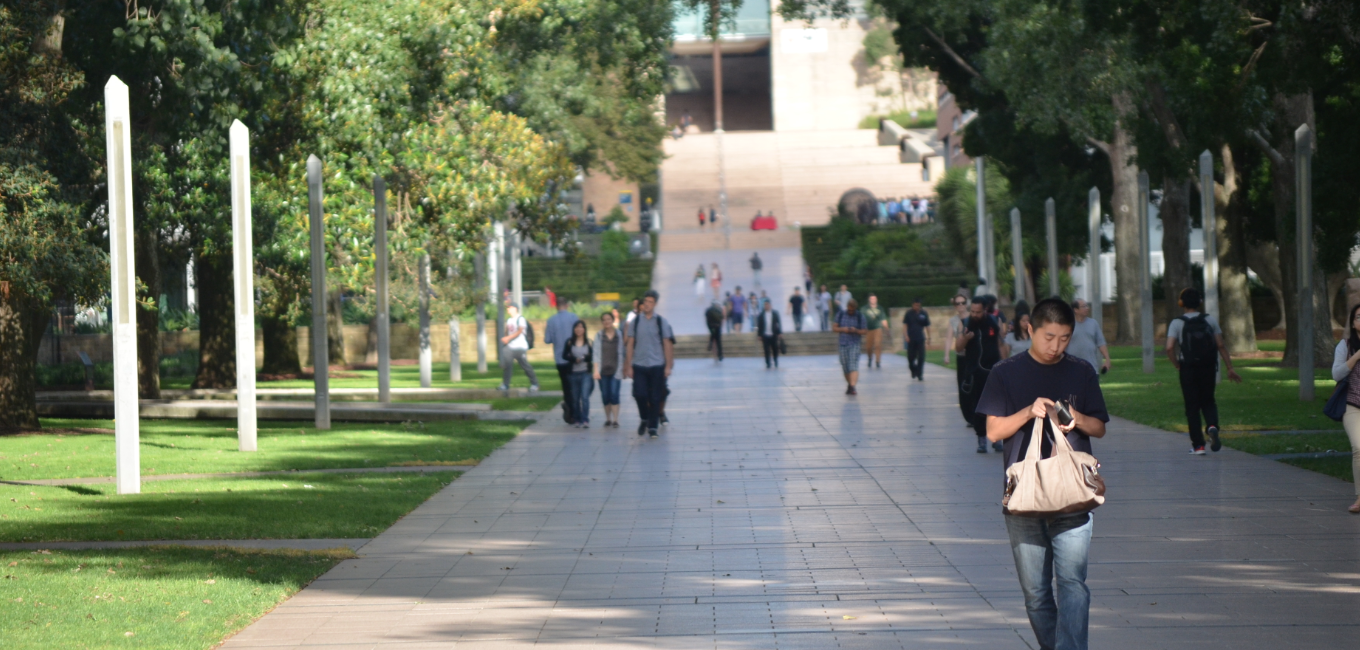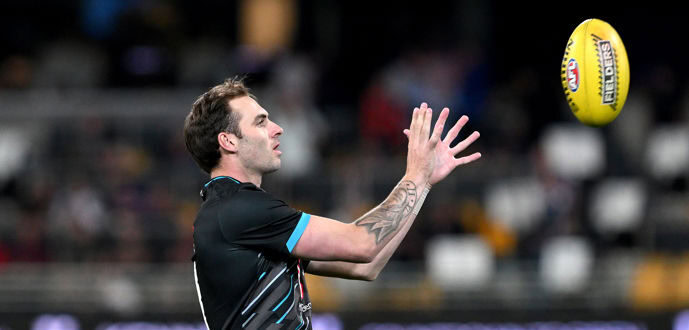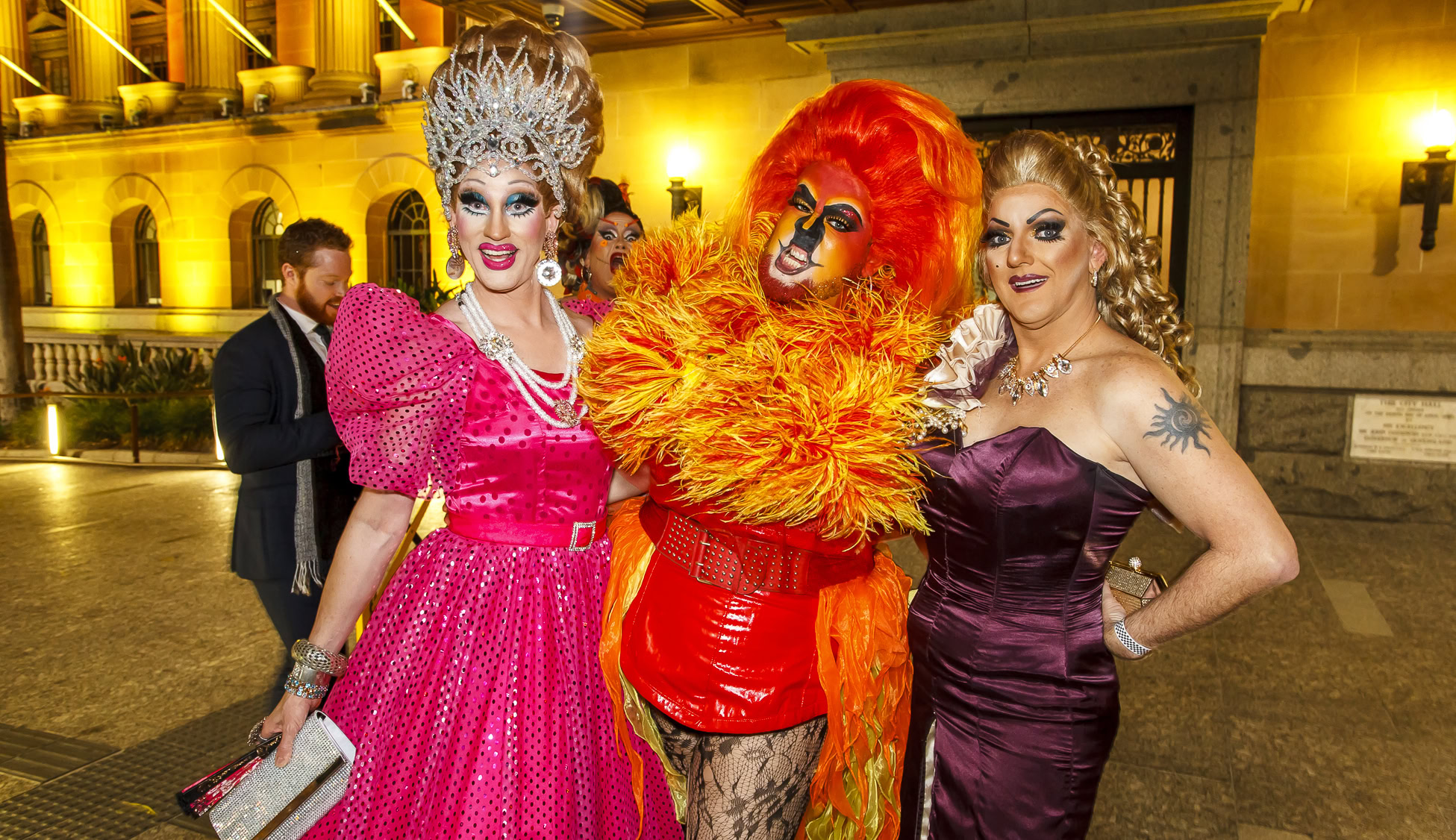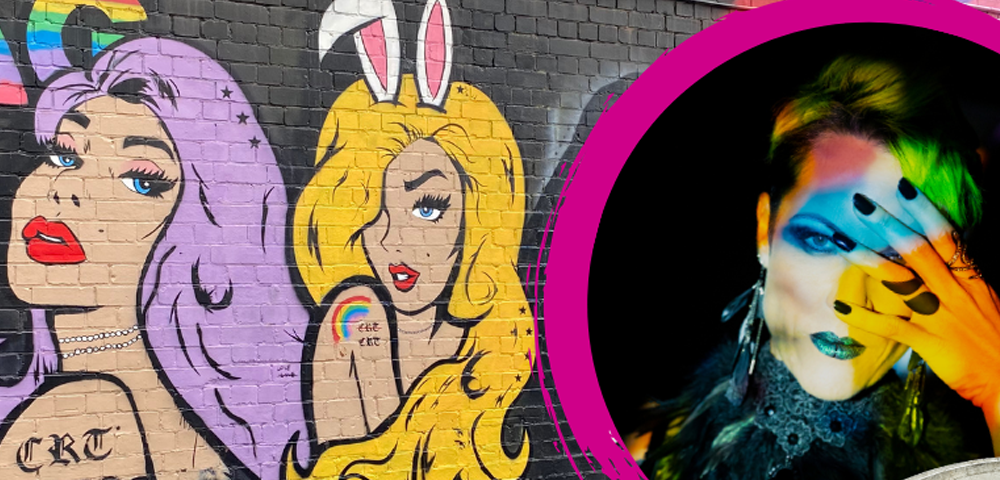
New research reveals Australia’s most LGBTI-friendly universities

WITH O-Week imminent, new research has revealed only one in 10 Australian universities’ equal opportunity policies fully reflect legally binding anti-discrimination legislation when it comes to protecting LGBTI students.
The findings from the first-ever Australian LGBTI University Guide, which goes live online today, shines a spotlight on those universities that are leading the field when it comes to publicly promoting LGBTI inclusion, and those that are lagging behind.
Produced by the NSW Gay and Lesbian Rights Lobby (GLRL) and the Star Observer with the support of student–led professional development program Out for Sydney, Transgender Victoria and Organisation Intersex International Australia, the guide looked at a wide range of criteria.
These included the existence of LGBTI student and staff groups and the breadth of support and health advice for LGBTI students.
The first time every Australian university had been examined in this way, the research was based on publicly available information available on official websites and social media pages.
Common facilities at the leading universities – which included Curtin, Queensland, La Trobe, Sydney and Wollongong – were staff and student ally networks, dedicated social spaces for LGBTI students and public celebrations of events such as International Day Against Homophobia and Transphobia.
Some of the more progressive initiatives were gender-neutral toilets, bursaries for LGBTI students and the vetting of internship programs to ensure employers were LGBTI friendly.
“It is clear that some Australian universities are going to significant lengths to include LGBTI people… and the fact that some universities are moving beyond tolerance to active engagement with LGBTI students is very pleasing,” GLRL co-convenor Justin Koonin said.
When it came to equal opportunity policies only four out of 41 universities – including Sydney – had reference to intersex status despite this being part of the Sex Discrimination Act.
While not illegal to fail to spell out which people cannot be discriminated against, it is standard practice to state the law.
Nonetheless, at two universities – Adelaide and Notre Dame – researchers struggled to find any mention of LGBTI people in their polices at all, while a further 10 only made reference to sexuality.
“Federal laws protecting people with an intersex variation only passed in 2013 and it seems universities are taking a while to catch up,” Koonin said.
“We need to be vigilant to ensure that all of us are protected, not just lesbian, gay and bisexual (LGB) people.
“University can be a transitional time in people’s lives, and it is incredibly important that they feel supported, whomever they are and however they identity.”
In the UK, six universities passed a similar piece of research on LGB inclusion with flying colours.
By contrast, no Australian university met every metric due to no obvious sign of the number of LGBTI students being monitored, little specific career advice and a lack of sexual health information for gay and bisexual men despite them being a key group at risk.
Universities doing the least when it to came to promoting LGBTI inclusion included regional institutions – such as James Cook and Bond – and religious campuses including the Australian Catholic University and Divinity.
University of Divinity vice chancellor Peter Sherlock told the Star Observer that LGBTI students would be welcome and supported.
“We have a diverse student body, but our small size has meant that, to date, there has not been a discernible need to establish support networks for any specific group of students,” he said.
Sherlock acknowledged Divinity’s harassment policies, which failed to mention gender identity or intersex, were out of date: “I accept the statement could be more comprehensive and inclusive and it is presently under review.”
However, when asked if the university had plans to put in place facilities for LGBTI students, Sherlock said no.
“Our consistent aim is to continue to improve our… services for each and every student, whoever they are and wherever they are headed,” he said.
More information on the research, including interviews and comments with students and representatives from some of the leading and lagging universities, can be found in the Star Observer’s latest monthly magazine that is now available.
See how your university fared at the Australian LGBTI University Guide website: lgbtiuniguide.org.au









